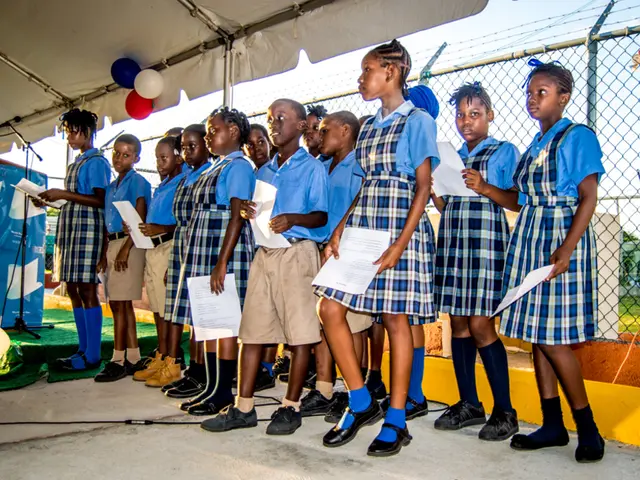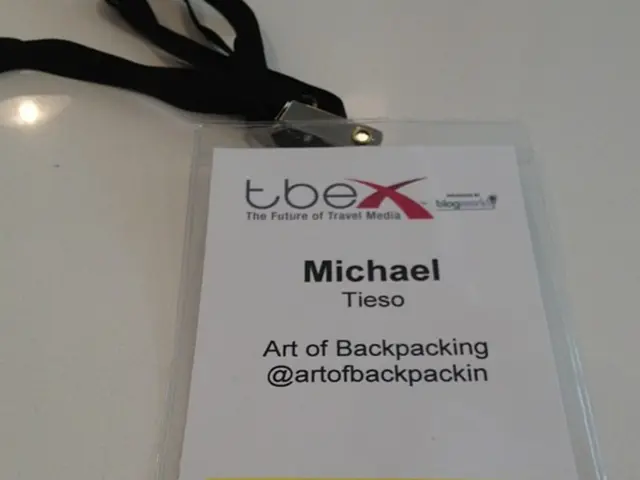California's Clean Energy Transition: Challenges and Progress
California, a pioneer in clean energy, faces challenges in its transition. Despite closing coal and nuclear plants, it still imports 'dirty' energy. The state aims to meet ambitious targets set by SB 100, with a new governor and legislature committed to the cause.
California's journey towards clean energy began with the closure of coal-fired and nuclear plants since 2000. However, this led to an increase in energy imports, some of which came from 'dirty' sources. To tackle this, the state has set ambitious targets: 50% clean energy by 2026, 60% by 2030, and 100% 'carbon-free' energy by 2045, as per SB 100.
The California Public Utilities Commission has mandated PG&E to install over 568 MW of stationary energy storage solutions. This is a key part of the state's plan to ramp up battery storage and replace existing fossil fuel generation. One such project, the world's second largest stationary energy storage system, is a 182.5 MW battery storage system in California.
Transportation emissions have emerged as the biggest carbon problem in California, accounting for almost 40% of the state's greenhouse gas emissions. Despite this, California has made progress in its renewable energy sector. In 2017, 32% of its retail energy sales were powered by renewable sources alone, and non-CO2 emitting electric generation accounted for more than 56 percent of total in-state generation.
California's commitment to clean energy is evident in its targets and investments. With a new governor and legislature supportive of this agenda, and a significant majority in the House of Representatives, the state is poised to make further strides in its transition to 100% clean energy by 2045.








